The nation’s gardeners are being challenged to make their gardens a welcoming haven for wildlife during Organic September and to adopt organic growing methods to help protect our planet now and in the future.
Gardening experts at horticultural charity, Garden Organic, point to the huge decline in insects in the UK and across the world as a major driver for action.
Research studies have shown that the numbers of butterflies in the UK fell by an estimated 46% between 1976 and 2017, and the UK’s total flying insect population declined by as much as 60% in the last 20 years.
Further afield in Germany, a study showed that over a 27-year period, there was a decline of more than 75% in total flying insects in biomass protected areas.
Garden Organic is working with the Organic Trade Board and backing its Organic September campaign to help highlight the need to protect the UK’s insect population.
Bruce Pearce of Garden Organic said: “We should be extremely concerned about the drop in insect species such as butterflies, moths, ladybirds, dragonflies and bumblebees as they play a vital role in our ecosystems, impacting every aspect of society and life.
“If these worrying trends aren’t reversed, terrestrial and freshwater ecosystems and food production could collapse, with profound consequences for animal and human wellbeing.
“Individual gardeners often feel this is a huge worldwide problem and that there is nothing they can do to make a difference. But this simply isn’t true; we can all play a part in making a positive impact.”
Garden Organic is challenging you to take 5 small steps to give nature a chance this September.
1. Build a bug hotel
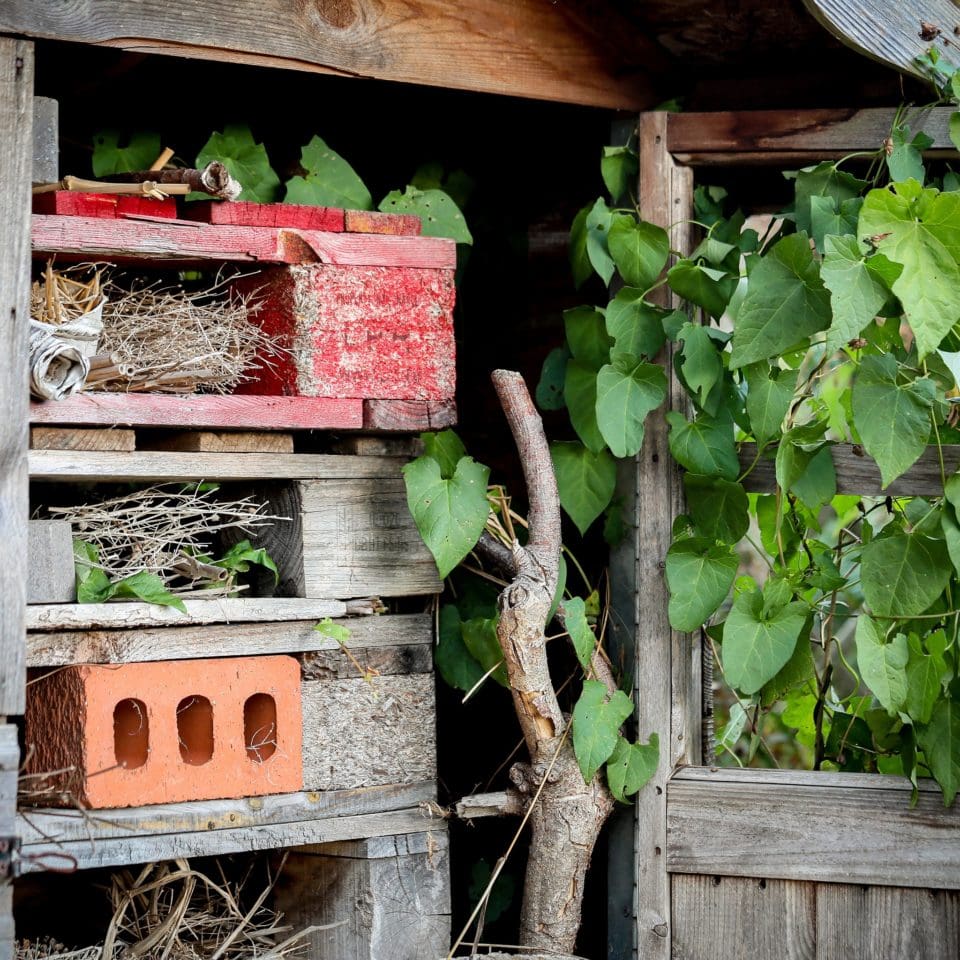
Create a bug hotel to provide a safe haven for wildlife, including solitary bees and other insects. They are easy to make, using an old pallet or wood to make a frame and then fill it with sticks and twigs or bamboo canes, air-bricks, dry straw, rotting logs, stems from flowering plants, old carpet tied into rolls or any other materials that can provide a dry habitat with plenty of space for insects to shelter in. Create both damp and dry areas and place in a sheltered corner. For instructions, visit: gardenorganic.org.uk/schools and click on ‘Building a Wildlife Habitat’.
2. Grow your own microgreens
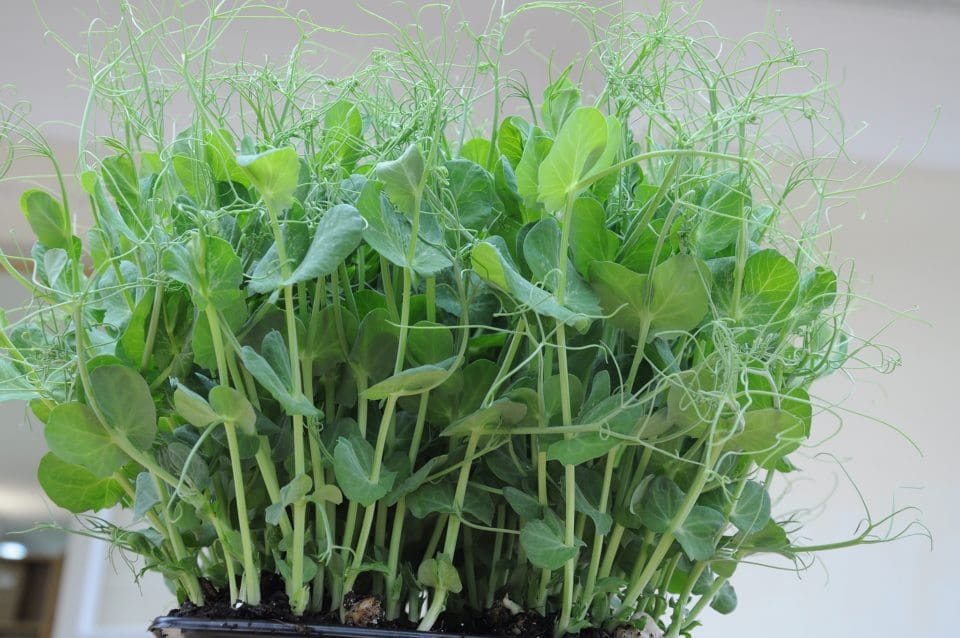
You may think that the growing season is over by September, but there are a whole host of items that you can grow either in your garden or on your windowsill. Microgreens are a great way to start especially if you are new to growing your own organic food, and you can even use items from your store cupboard.
Dried peas or spice seeds such as mustard seeds and fenugreek seeds make great microgreens. You can sow them directly into your garden or into pots on your balcony, patio, or windowsill.
Instructions for sowing
- Rake over an area of soil in your garden getting rid of any large lumps or fill containers with compost or soil to around 2cms from the top. Make sure there are drainage holes in the bottom.
- Sow seeds on top of the compost/soil leaving a pea sized gap between each pea or 1 pinch of mustard seeds per square inch.
- Cover with compost and water lightly.
- Check every day and keep moist.
- Young black mustard plants taste like spicy rocket – you can take a single harvest after 3 – 4 weeks.
- Fenugreek plants can be used in curries.
- Pea shoots can be cut just above the first leaf after 3 weeks. They will grow back and at least one more harvest can be taken 2 weeks later.
3. Bring water into your garden
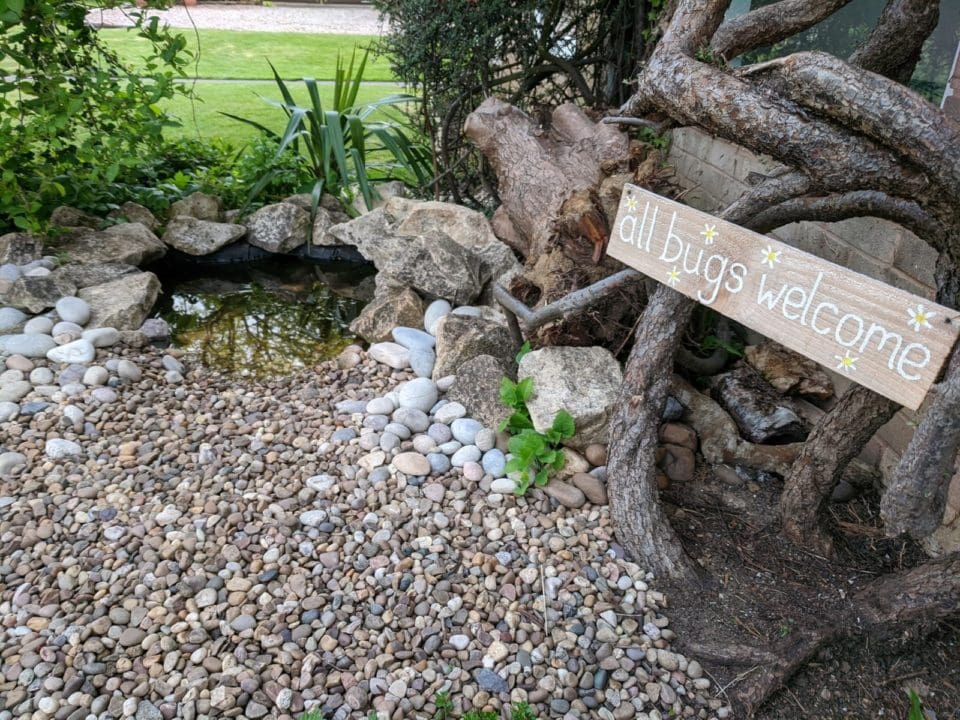
Ponds are a fantastic feature for any garden, and they will attract an array of beneficial wildlife, including frogs and toads that will help to keep your slug population under control and insects, birds and hedgehogs who will come to drink.
It doesn’t have to be big – even a one-metre square pond or a washing up bowl sunk into the ground and filled with rainwater (not tap water) will attract the wildlife. Make sure you include a step or some sticks to help the wildlife get in and out.
All you need is a spade, a plastic bag for a liner and that all important rainwater. For instructions on how to build your pond, visit: gardenorganic.org.uk/creating-pond
If you have small children and would rather not have open water in your garden, you can swap the pond for a swamp and make a bog garden instead. For instructions, visit: gardenorganic.org.uk/humble-bog-garden
4. Build a wormery
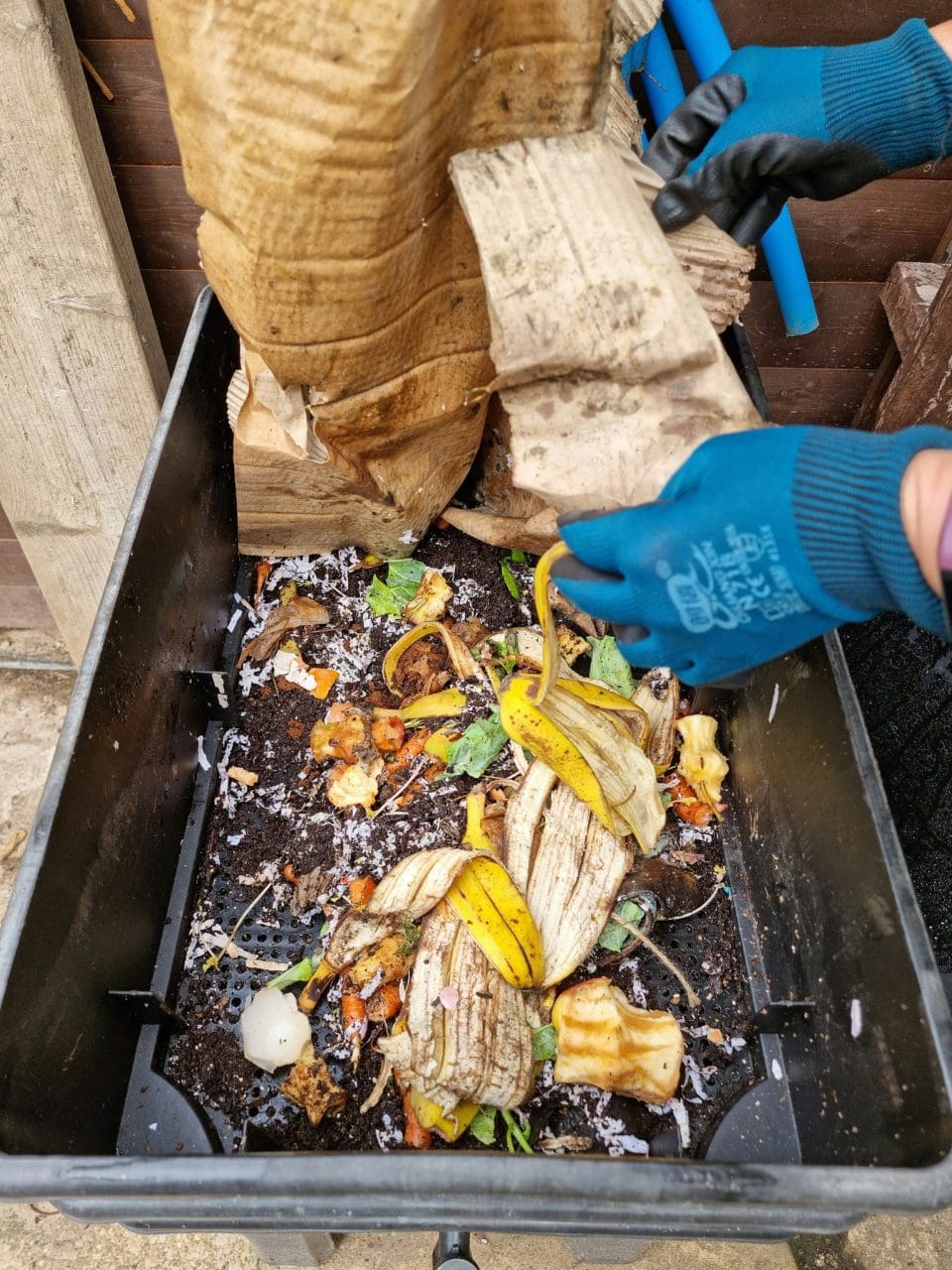
For those who don’t have space for a compost bin a small wormery can be a great way of recycling your home waste organically. You will need to feed your worms a balanced diet of approximately 25% dry brown fibrous materials such as newspaper and 70% wet green materials such as veg and fruit peelings, eggshells and coffee grounds. The compost produced will be nutrient rich and can be used to top dress plant pots and be used as a soil improver.
What you need
- 3 shallow plastic stacking trays, dark in colour
- One close-fitting lid to fit the trays
- Drill and fine sandpaper
- Newspaper
- Composting worms* (brandling or tiger worms) and compost
*Brandling worms are red and have a distinctive yellow banding, they occur naturally in garden compost heaps or you can buy mail order or from fishing shops
Instructions
1. Drill holes every 3 cm or so in the bottom of 2 of the trays.
2. Sand round the holes, so there are no sharp edges.
3. Stack the 3 trays, the one with no holes at the bottom.
4. Cover the bottom of the top tray with 5 double sheets of newspaper. This prevents the worms from leaving the tray until they get used to it.
5. Add a few scoops of damp soil, compost or shredded newspaper to the tray and then add the worms and put on the lid.
6. Feed the worms around half a cut of chopped food every few days, just place on top.
7. Keep an eye on the amount of liquid accumulating in the bottom of the tray and empty regularly.
5. Save your own seeds
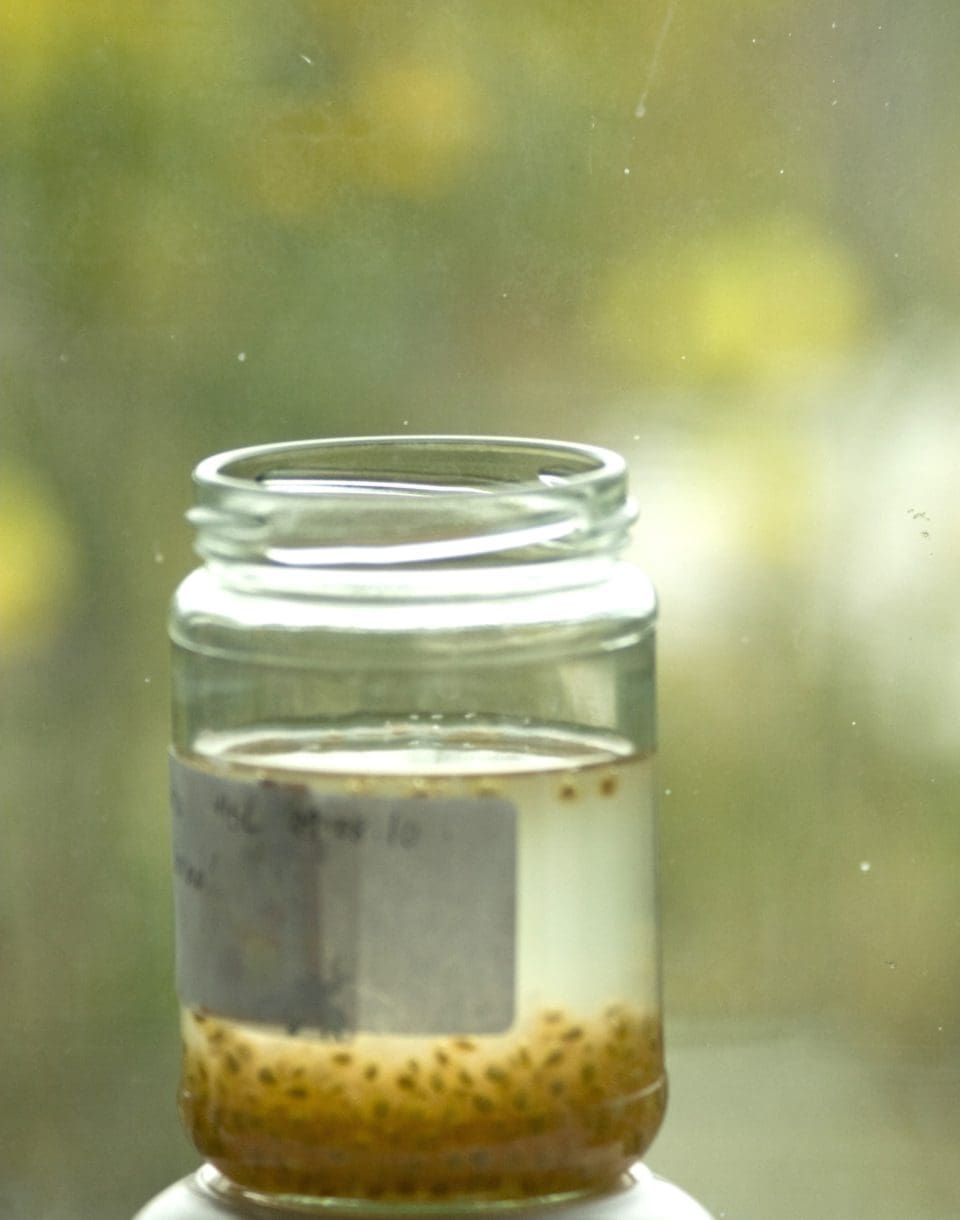
Saving your own seed is a great way of reducing your carbon footprint, it saves you money and is a great job for September.
Seed saving from peas and beans is very straight forward, as you can just leave some healthy pods on the plant to mature and dry. Then simply pod them, throw away any that look diseased or damaged, and store somewhere cool and dry.
Tomatoes are also easy as you just need to scrape the seeds from the fruits, then leave them in water overnight. This makes the flesh easier to remove. You should then clean the seeds thoroughly and leave to fully dry.
Once your seeds are dry, you can store them in paper packets and keep in a cool place, around 5 – 8oC is best.
For more information on seed saving, visit: www.gardenorganic.org.uk/seed-saving-guidelines
“Gardens in Great Britain are a significant resource,” says Bruce. “In total they cover an area of around 520,000 hectares; this is an area larger than the county of Northumberland!
“According to the Organic Trade Board there is 50% more plant, bird and insect life on Organic farms than none organic4, the same may well be true in our gardens.
“If we all adopt organic gardening practices in our gardens, we can make an impact on the environment and preserve and attract insect life. If we also grow our own organic food, we can save on food miles travelled and protect ourselves and the land from harmful pesticides.”
The theme of this year’s Organic September is ‘nature has the answer’. Please play your part and put insects and organic growing at the top of your agenda this September.
For more information on organic growing, visit: gardenorganic.org.uk/growing-advice











